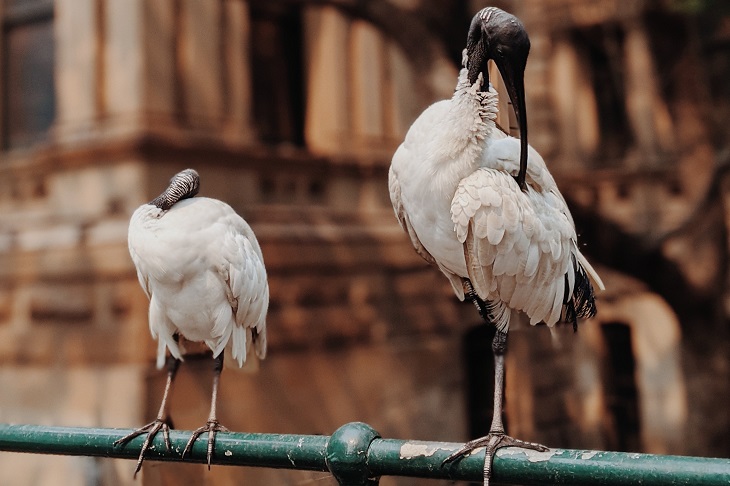Cane toads have long been painted as an existential threat to Queensland’s ecosystem. Since their deliberate introduction in 1935 by the Queensland Bureau of Sugar Experiment Stations (BSES) to protect the sugar cane industry from the cane beetle, they have spread through the Northern Territory, Western Australia, and New South Wales.
It was one of those ‘trust the science’ moments that went horribly wrong.
Over 25 years of ‘good’ research went into the decision to import cane tones, including previous ‘successful’ experimentation in Hawaii, Puerto Rico, and the Philippines – all of which have significant issues with cane toad populations today.
Reginald Mungomer, working for the BSES, originally captured 102 cane toads in Hawaii, bred them up to 2,400 toads, and then released them without asking if the toads fancied Australia’s bespoke species of cane beetle.
They didn’t.
Not everyone was happy with the decision. Opposition to the project was raised with the federal government leading to a temporary ban, but the BSES and Queensland’s large community of desperate sugar cane growers thought they were doing the right thing when they lobbied Australia’s Prime Minister Joseph Lyons into eventually removing the ban a year later – paving the way for further releases throughout the sugar cane region.
Considering cane toads were highly poisonous and basically inedible, they fit right into the Australian landscape.
The federal government has since spent millions trying to resolve the problem, but nature is a lot smarter than your average Canberra pencil-pusher.
Ibis, affectionately known as ‘bin chickens’ by city residents who have to carefully side-step colonies of sinister-looking birds perched along the road, appear to have solved the cane toad problem – for free!
For a while, ibis have been observed ‘playing’ with cane toads – tossing them around and generally irritating them to death. Over time, ibis worked out that stressed toads expel most of their toxins, at which point they can be washed in the nearest pond and scoffed as a tasty snack. Experts call this the ‘stress-and-wash’ method.
‘[The torturous death of the cane toad is] quite amusing to watch, and it’s quite different from other native species and their methods of eating them,’ said Emily Vincent, coordinator of the Watergum’s Cane Toads program.
‘The ibis will pick up cane toads and they will flick them about and stress out the toads. What this does is it makes the cane toads release toxins from the parotoid gland at the back of their neck, which is their defence mechanism when they’re faced with predators.
‘After this they would always either wipe the toads in the wet grass, or they would go down to a water source nearby, and they would rinse the toads out.
‘This is a learned behaviour, and it’s been observed in multiple different regions. I think it will have an impact, especially as more species tag along and copy the behaviour.’
This is unsurprising. When an abundant food source emerges, something will work out how to eat it. Apparently the toxin tastes ‘awful’ but it is unlikely a species nicknamed ‘bin chickens’ is going to worry about inconsequential details like ‘potential death’ or ‘nasty taste’.
The good news for Australia is that there are plenty of ibis and they’re always hungry.
They’re also not alone. The Torresian crow skips the foreplay, flips the toad over by its legs, and eats it face-first while plenty of aquatic bugs are busy feasting on the spawn. The Keelback snake remains unaffected by the cane toad’s toxin and happily hunts them at its leisure. Meanwhile, the Rakali water rat – a former victim of the cane toad – has taken a rather ‘Jack the Ripper’ form of retribution by slicing out the liver, heart, and thigh muscles of the toad – a bit like humans that eat their way around the deadly pufferfish.
We could give government bureaucrats a hundred years and an entire community of live-in scientists, and they’d never come up with the Bin Chicken.
As for the cane beetles, they remain the most significant pest in the sugar cane industry with potential predators kept at bay by the regulated process of farming. Who knows, maybe someone should introduce a bored ibis to a cane beetle…
Got something to add? Join the discussion and comment below.
Get 10 issues for just $10
Subscribe to The Spectator Australia today for the next 10 magazine issues, plus full online access, for just $10.


























Comments
Don't miss out
Join the conversation with other Spectator Australia readers. Subscribe to leave a comment.
SUBSCRIBEAlready a subscriber? Log in